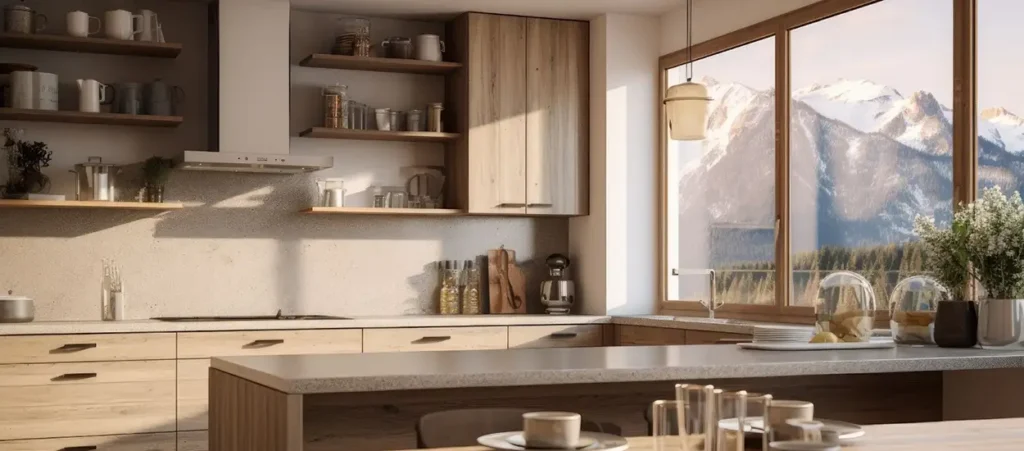When working on woodworking or construction projects, choosing premium plywood ensures durability, stability, and a professional finish. But with so many options available, how can you distinguish high-quality plywood from inferior grades? In this guide, we’ll reveal the 7 key factors to check when selecting top-tier plywood for your next project.
1. Check the Plywood Grade
Plywood is graded based on the quality of its face veneers. Look for these markings:
A-A or A-B Grade – Smooth, sanded surfaces with minimal defects (best for visible furniture and cabinetry).
B-B or B-C Grade – Slightly rougher but still structurally sound (good for painted projects).
Avoid C-D or D-D Grades – These have knots, patches, and imperfections (suitable only for structural, hidden uses).
For premium plywood, insist on A-grade faces—especially if staining or varnishing.

2. Examine the Core Layers for Voids
Cheap plywood often has gaps (voids) between layers, weakening its strength. To test:
Tap the Sheet – A hollow sound indicates internal voids.
Check the Edges – Look for tightly bonded layers without gaps.
Opt for Baltic Birch – Known for its void-free, cross-banded core.
Why It Matters: Void-free plywood resists warping and holds screws securely.
3. Assess Moisture Resistance
For long-lasting projects, moisture resistance is crucial:
Exterior-Grade Plywood – Uses waterproof glue (marked “EXT” or “Exterior”).
Marine lywood – Highest water resistance (ideal for bathrooms/outdoor use).
Avoid Interior-Grade for Damp Areas – It will delaminate when wet.
Quick Test: Sprinkle water on the surface—if it beads up, the plywood is well-sealed.
4. Verify the Thickness & Consistency
Premium plywood maintains uniform thickness across the entire sheet:
Measure Multiple Spots – Variations indicate poor manufacturing.
Standard Sizes:
1/4″ (6mm) for decorative panels
1/2″ (12mm) for shelves
3/4″ (18mm) for heavy-duty furniture
Warning: Thin plywood (under 1/2″) may flex under weight.
5. Look for a Smooth, Defect-Free Surface
Inspect both faces for:
No Cracks or Patches – Indicates lower quality.
Tight, Even Grain – Especially important for staining.
Minimal Sanding Marks – Rough surfaces require extra prep work.
Best for Finishing: Sanded A-grade plywood.
6. Consider the Wood Species
Some woods offer better strength and aesthetics:
Birch – Dense, smooth, and great for staining.
Oak/Maple – Attractive grain for visible furniture.
Avoid Softwoods (Pine/Fir) – Less durable for fine woodworking.
7. Test Structural Integrity
Before buying, perform these checks:
Bend Test – High-quality plywood should flex slightly but not crack.
Screw-Holding Test – Drive a screw into the edge—premium plywood won’t split.
Weight Comparison – Heavier plywood often indicates denser, stronger material.
Final Verdict: How to Choose Premium Plywood
For the best results, prioritize:
A-A or A-B Grades
Void-Free Core (Baltic Birch ideal)
Exterior/Marine Grade for Wet Areas
Consistent Thickness & Smooth Surfaces
Need help sourcing top-quality plywood? Contact us or ask questions below!

